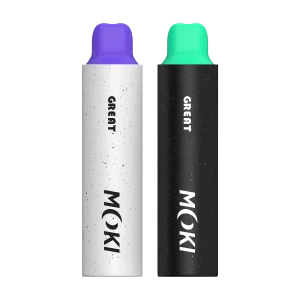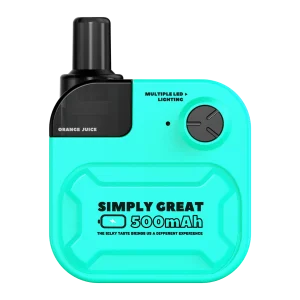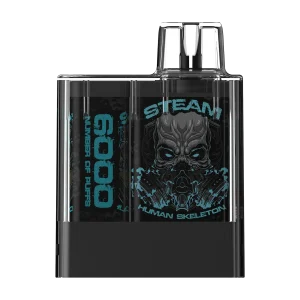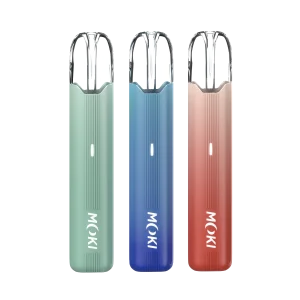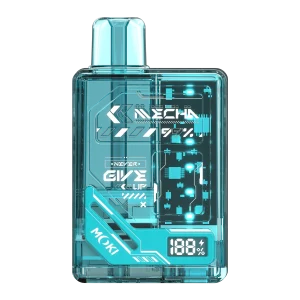Vape, a rapidly growing smoking consumer product, has amassed a significant consumer base and reached an industrial scale after years of development. As the channel layout matures, policy supervision tightens, and investment capital surges, the vape innovations industry has entered a new phase of development.
The most profitable era has passed, and now, companies like MOKI will compete based on vape product research and development, manufacturing, and brand operation skills. Technology will be the key determinant of core competitiveness in this new normal of industrial development.

Table of Contents
Heating Atomization: The Core of Vape Innovation
The primary method of atomization in vapes is heating atomization, where liquid is heated to convert into steam, condensed into small droplets, and mixed with air to form aerosols. This heating atomization has been central to the development of the atomization core. The focus during product iterations has been to enhance safety, improve user comfort, and increase the machinability of the atomization core by altering materials and refining structures.
Evolution of Materials in Atomizing Cores
The materials used to heat the atomizing core have evolved through three main generations. The earliest conduction material was glass fiber rope, which offered high-temperature resistance to prevent dry burning, a common issue with cotton cores.
Glass fiber also excelled in liquid absorption and conduction. However, safety concerns arose due to the potential for producing harmful floccules when not in contact with liquid. This led to the phasing out of fiberglass cords in mainstream devices between 2014 and 2015 due to health risks.
Cotton Vape Atomization Core: A Popular Choice

Cotton core offered advantages such as large liquid storage capacity, good conductivity, and a rich, authentic smoke taste. However, it had a short lifespan, was prone to dry burning, and had inconsistent taste stability. Despite these drawbacks, cotton-core technology is widely used in major vape products like JUUL. Cotton is abundant, strong in fiber, and requires minimal processing for atomization cores, making it cost-effective compared to ceramic cores.
The cotton core, made of many interwoven cotton fibers, has a rich pore structure and excellent water absorption due to its hydroxyl groups. This allows for thorough contact with e-juice, ensuring efficient liquid conduction and atomization.
Ceramic Vape Atomization Coil: The Modern Standard
Ceramic core has become the mainstream material for small smoke atomization cores. It offers a more delicate experience than cotton core, with smoother smoke and is known for its stability and durability. It addresses issues like dry burning, inconsistent taste, and clogging, providing consistent atomization from start to finish.
In terms of production and efficiency, ceramic cores can be manufactured into various standard shapes, facilitating mass production and assembly. This reduces the hassle for vape users in creating their own atomizing cores, enhancing both convenience and safety.
The vape industry’s journey from glass fiber rope to cotton core and now to ceramic core highlights a continuous pursuit of innovation. Each material brings its own set of advantages and challenges, shaping the way we understand and use vape technology today. As the industry moves forward, the focus remains on enhancing safety, comfort, and efficiency, ensuring that the vape experience is as enjoyable and hassle-free as possible.

